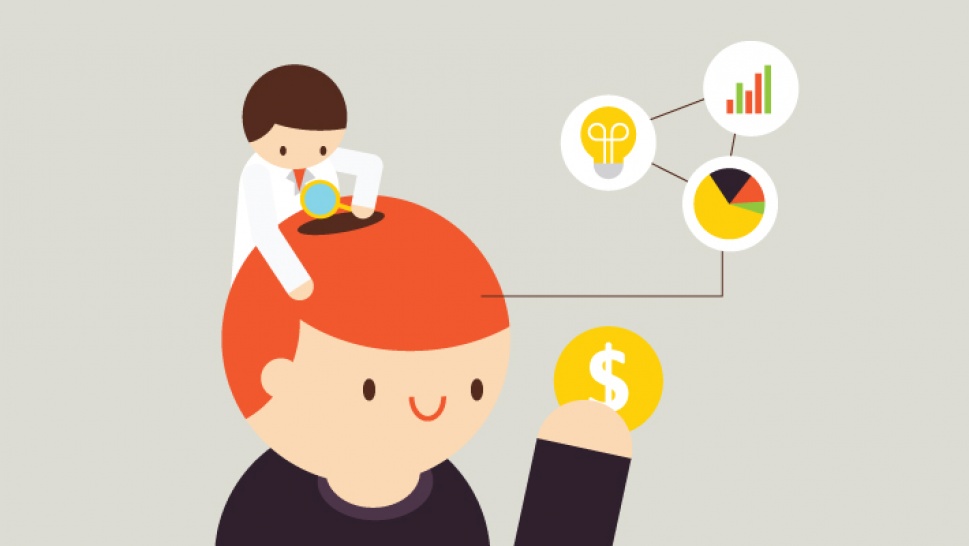The decision making process
In his famous book, "Major Account Sales Strategy," Neil Rackham suggested the following steps in deciding what a buyer goes through during a key sale:
1. Identifying needs
2. Evaluation of possible options
3. Addressing concerns
4. Purchase and receipt of goods
5. After shopping
It may be the best to go through these steps using the example of buying a car.
Identifying needs
When do you start thinking about buying a new car? Usually this is after some problem or inconvenience you experience with your old car. You are driving through town, on the way to an important meeting, or you become uncomfortable traveling long distances in old, uncomfortable cars. Of course, the first step is to identify the need yourself, or have someone point you to the need. For example, say a helpful car dealer who skillfully questions you to remember the unpleasant situations your old car has brought you. In this first step, you first want to buy a new car.
Evaluation of possible options
The next stage is to decide which brand (at which car dealer) and which car model to buy? That means you have to decide between multiple alternatives! Which dealer gives the best credit terms, who has the best warranty and service, which brand is the most reliable. Even when you decide on a dealer only then there are so many alternatives, what size, price category, model, color do you want? And finally, alternatives to additional options come. Whether you want leather seats, alloy wheels, a turbo injector or the like. There is so much going on at this stage that the seller has no chance to see all those alternatives that you are not even fully aware of.
Addressing concerns
Let's say you finally decided on the make and model of the car. Is that the end of deciding? Most often it is not. It is only when you have made the decision that you like something most and it suits you best, does the worm of doubt begin to bite? Is the model you choose large enough and comfortable for the long journeys that await you? Not to be emotionally charged and to choose the most exciting option instead of the most practical one? Do you really need a turbocharger? Leather seats that are very uncomfortable in the summer when the car is soaking up the sun in the parking lot in front of the company? It seems like a decision has been made, but you have even more fear than before the final decision, the fear of risk that you made the wrong decision.
Purchase and receipt of goods
Finally, a moment has come to pay for the car, sign a loan agreement and take over the new car. At this point, the burden of worry and uncertainty is particularly difficult for the customer. Until now, sales risk has been on the seller's side. He was exposed to cost and risk and with no guarantee of results that the buyer would buy the car at all. But now the buyer is worried because he does not know if the seller will accomplish all that he promised? What if the car breaks down? Will the service be of good quality? What if repairers are unkind and unskilled? All in all, a bunch of unanswered questions.
After shopping
Key selling is a long and complex process and is usually followed by a much longer process of exploiting or using the goods or services you have purchased. The car is usually used for years and requires long-term contact with the seller (auto dealer). Whether it's repair, maintenance, repairs or just the purchase of spare parts, buying a car has got you into a long-term relationship with an auto dealer. Only now can the buyer judge whether the purchase decision was good or bad. For many buyers, this is the most important phase of a key sale as it decides how the buyer will experience the seller. It depends on this stage whether the customer will be loyal and recommend you to friends?
Hard decision
This little car buying story illustrates what is going on in a customer's head during a purchase. Compare now the classic sales steps: "Customer Search, Qualification, Fact Finding, Presentation, Solution Suggestion, and Closure", with the huge number of questions a customer asks themselves during a purchase that the seller is not even aware of. How many small and big worries and risks does the customer experience and survive while making the decision, and even then, the real troubles and troubles for him are just beginning? If he doesn't tailor his sales strategy (approach and methodology) to whatever is going on in the buyer's head, what is the seller's chances of selling anything?




Share the News